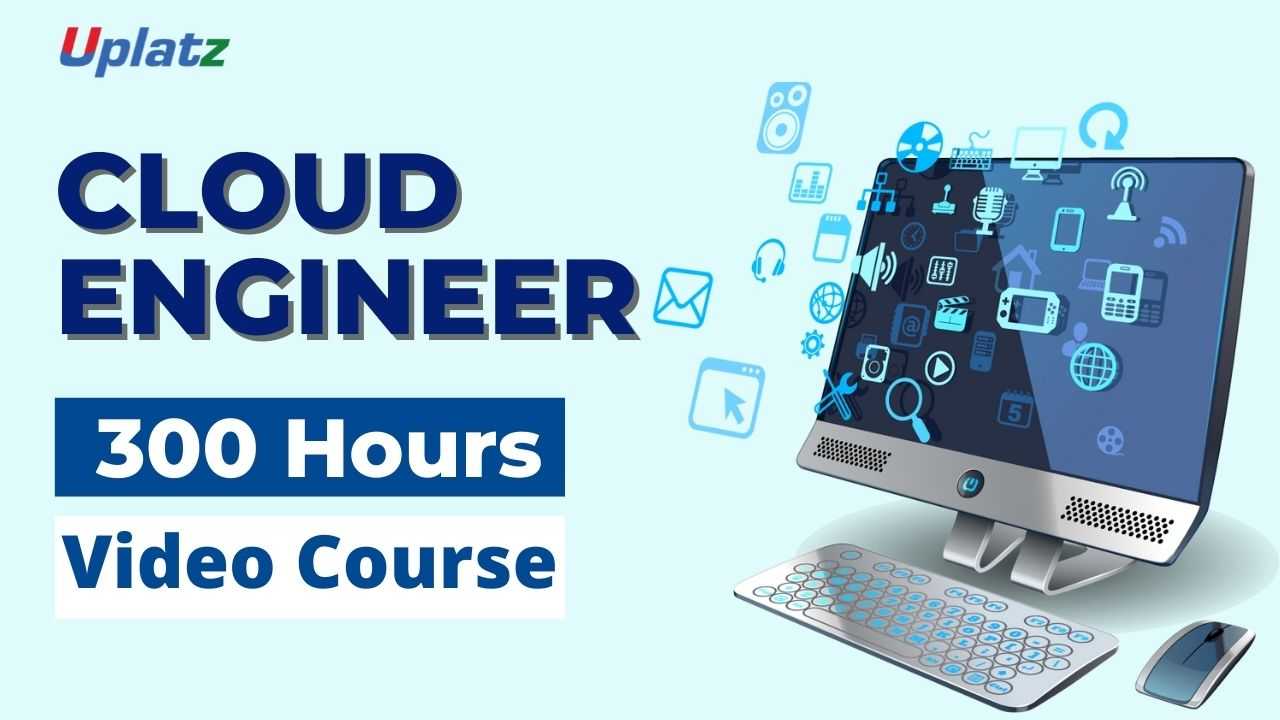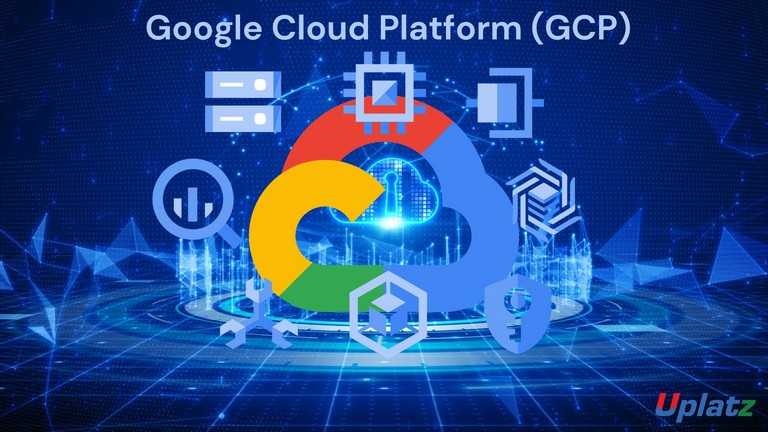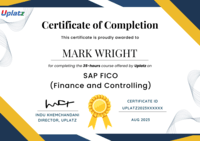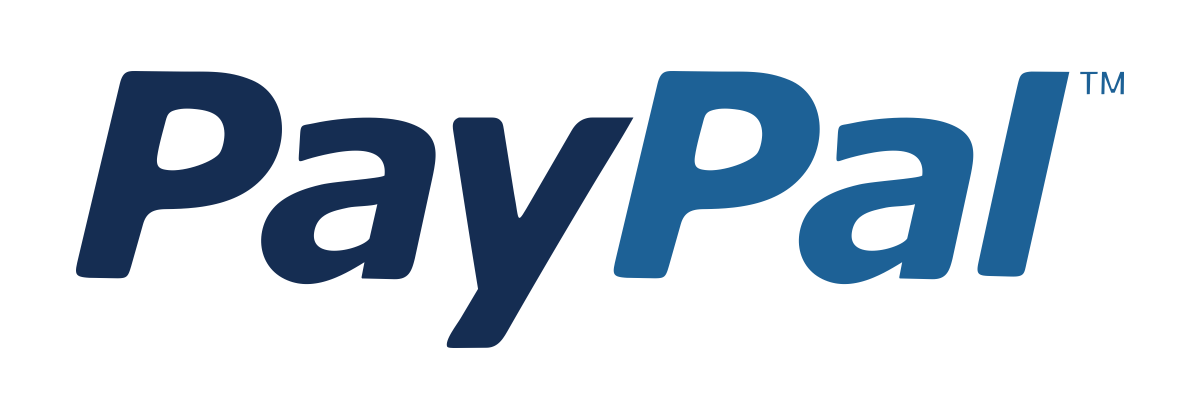Azure DevOps
Master Azure DevOps from scratch and learn to build dynamic, data-driven CI/CD pipelines, release management, and project tracking solutions.Preview Azure DevOps course
Price Match Guarantee Full Lifetime Access Access on any Device Technical Support Secure Checkout Course Completion Certificate 93% Started a new career
BUY THIS COURSE (
93% Started a new career
BUY THIS COURSE (GBP 12 GBP 29 )-
 86% Got a pay increase and promotion
86% Got a pay increase and promotion
Students also bought -
-

- Amazon Web Services (AWS)
- 28 Hours
- GBP 12
- 820 Learners
-

- Career Path - Cloud Engineer
- 300 Hours
- GBP 32
- 4412 Learners
-

- GCP (Google Cloud Platform)
- 5 Hours
- GBP 12
- 358 Learners

Azure DevOps: Build and Deploy CI/CD Solutions with Data is an in-depth, self-paced online course carefully designed to transform learners into skilled DevOps professionals capable of automating, managing, and deploying modern software systems efficiently. Whether you are a beginner exploring the fundamentals of DevOps or an experienced IT professional looking to strengthen your expertise in Continuous Integration (CI) and Continuous Delivery (CD), this course provides the knowledge, structure, and hands-on practice needed to build and deploy scalable, data-driven applications using Microsoft Azure DevOps.
At its foundation, Azure DevOps is more than a tool—it’s an integrated ecosystem of services that supports the entire software development lifecycle. It combines version control, agile project management, continuous integration, continuous deployment, artifact management, and automated testing into one unified platform. Unlike disjointed or complex DevOps toolchains, Azure DevOps offers a cohesive experience, empowering teams to plan, build, test, release, and monitor applications efficiently. This course leverages that advantage to help you understand DevOps not just as a set of tools, but as a collaborative culture and process that drives innovation and speed in modern software delivery.
The course begins with the essentials—understanding what DevOps is, how CI/CD pipelines function, and why automation plays a key role in ensuring reliability and speed. From there, you’ll progressively move into real-world, hands-on tasks that include setting up Azure DevOps organizations and projects, managing repositories with Git, building automated pipelines, deploying applications, and integrating with cloud services. Each lesson is designed to bridge theory with practice, ensuring that you not only know the concepts but can also implement them independently.
As you progress, you’ll gain deeper insights into managing the full lifecycle of a software project using Azure Boards for agile tracking, Azure Pipelines for CI/CD automation, Azure Artifacts for package management, and Azure Repos for version control. You’ll also learn how to set up environments for testing, staging, and production, apply deployment gates, and manage security configurations effectively. Throughout the journey, emphasis is placed on practical implementation—how to apply these tools and strategies to real-world projects, team collaborations, and enterprise-scale solutions.
Practical Learning Experience
This course is structured around applied learning—meaning you won’t just watch tutorials but actually build, test, and deploy functional solutions. From the beginning, you’ll set up a personal Azure DevOps environment to follow along and practice in real-time. You’ll build complete CI/CD pipelines that connect your code repository to a running application on Azure App Service or Kubernetes, integrating automated testing, monitoring, and feedback mechanisms along the way.
You’ll also learn how to design custom workflows that reflect real business requirements. For example, you’ll create pipelines that automatically trigger builds upon each code commit, integrate quality gates to ensure code reliability, and handle multi-stage deployments with rollback capabilities. You’ll explore YAML-based pipeline configurations, understand environment variables, and learn how to parameterize and modularize your builds to make them reusable and maintainable.
The projects in this course simulate genuine workplace challenges. You’ll build:
-
A fully automated CI/CD pipeline that deploys web applications directly to cloud environments.
-
A release management system for a microservices-based architecture.
-
An agile project tracking board using Azure Boards for managing sprints, issues, and team workflows.
These projects mirror the types of deliverables expected in professional DevOps roles, making them not only excellent practice but also portfolio-ready assets to showcase your technical proficiency and problem-solving capabilities.
What You Will Gain
By completing this course, you will develop a strong command over every aspect of the Azure DevOps ecosystem and modern software delivery pipelines. You’ll learn how to:
-
Set up and manage Azure DevOps projects for individual or team environments.
-
Use Git effectively for version control, branching strategies, and collaborative coding.
-
Create and manage CI/CD pipelines using both classic editors and YAML scripting.
-
Automate build, testing, and deployment processes for multiple application types.
-
Integrate with third-party tools such as GitHub, Docker, Jenkins, and Kubernetes.
-
Secure your pipelines through service connections, approvals, and variable groups.
-
Implement Agile project tracking with user stories, sprints, and kanban boards.
-
Deploy to cloud platforms such as Azure App Service, Virtual Machines, and Kubernetes clusters.
-
Monitor and optimize pipeline performance using reporting, metrics, and logs.
By the end of the course, you will be equipped with the technical and strategic skills to design, deploy, and maintain efficient DevOps workflows that support rapid, reliable software delivery.
Who This Course Is For
This course is ideal for a wide range of learners, from students to seasoned professionals. It is especially suitable for:
-
Developers and Engineers who want to automate repetitive tasks, integrate code more efficiently, and streamline deployments.
-
IT Professionals and System Administrators seeking to transition into DevOps roles or understand how infrastructure automation works in Azure environments.
-
Project Managers and Team Leads who want to gain insight into how CI/CD and agile project management improve collaboration and delivery timelines.
-
Freelancers and Entrepreneurs aiming to implement DevOps pipelines for faster, more reliable product releases.
-
Students and Beginners in Software Engineering who need a structured, hands-on approach to learning real-world DevOps practices.
The course is built to accommodate all learning levels. Whether you have a background in software development or are entirely new to DevOps concepts, the step-by-step structure ensures that you can progress smoothly and confidently at your own pace.
How to Use This Course Effectively
To get the most out of this course, it’s recommended to take a hands-on and iterative learning approach. Follow the lessons sequentially, build along with the instructor, and repeat tasks to reinforce your understanding. Don’t hesitate to experiment—modify pipeline configurations, test different triggers, or deploy to alternative environments to explore the flexibility of Azure DevOps.
Keep a dedicated DevOps learning journal to document commands, key configurations, and pipeline snippets you’ll frequently use in future projects. Engage in the course community, share your progress, and seek feedback—it’s one of the best ways to deepen your understanding.
You’ll also be encouraged to explore the Azure DevOps Marketplace for extensions, integrations, and templates that expand functionality. Getting comfortable with documentation and API references will enhance your ability to troubleshoot and customize solutions, making you a more independent and resourceful DevOps practitioner.
Why Learn Azure DevOps?
In today’s digital era, DevOps is no longer optional—it’s essential. Modern organizations rely on CI/CD and automation to deliver applications faster, with fewer errors, and with improved scalability. Among all DevOps platforms, Azure DevOps stands out for its robustness, flexibility, and seamless integration with Microsoft’s cloud ecosystem. It supports any language, platform, and cloud—making it a truly versatile tool for software delivery and team collaboration.
By mastering Azure DevOps, you’ll gain a skill set that is in high demand globally. You’ll understand not only how to build and deploy pipelines but also how to think like a DevOps professional—embracing automation, collaboration, and continuous improvement. Whether you aim to secure a new job, advance your career, or build better solutions for your clients, Azure DevOps gives you the technical edge and operational mindset to succeed.
This course doesn’t just teach tools—it builds capabilities. You’ll finish with the confidence to plan, execute, and optimize full CI/CD pipelines, manage agile projects, and deploy production-ready applications seamlessly. It’s the ultimate step toward becoming a DevOps professional capable of managing the entire software delivery lifecycle—from code to cloud.
Course/Topic 1 - Coming Soon
-
The videos for this course are being recorded freshly and should be available in a few days. Please contact info@uplatz.com to know the exact date of the release of this course.
- Understand the fundamental architecture and components of the Azure DevOps platform.
- Effectively manage source code using Azure Repos (Git) and implement branching strategies.
- Utilize Azure Boards for agile planning, backlog management, and sprint tracking.
- Design and implement robust CI/CD pipelines using Azure Pipelines for various application types.
- Automate testing within the CI/CD workflow.
- Manage packages and artifacts with Azure Artifacts.
- Configure and manage deployments to Azure services and other environments.
- Implement security best practices for Azure DevOps projects and pipelines.
- Integrate Azure DevOps with other tools and services using webhooks and service connections.
- Troubleshoot common issues in CI/CD pipelines and Azure DevOps projects.
- Introduction to Azure DevOps
- Setting Up Your Azure DevOps Organization and Project
- Navigating the Azure DevOps Portal
- Work Item Management (Epics, Features, User Stories, Bugs)
- Backlogs and Sprints
- Scrum and Kanban Boards
- Customizing Work Item Types and Processes
- Introduction to Git and Version Control
- Creating and Managing Repositories
- Branching Strategies (GitFlow, Feature Branching)
- Pull Requests and Code Reviews
- Introduction to CI/CD Concepts
- Creating Your First Build Pipeline (YAML vs. Classic Editor)
- Defining Build Tasks and Stages
- Triggers and Variables
- Release Pipelines and Deployment Gates
- Environments and Approvals
- Agent Pools and Self-Hosted Agents
- Templates and Reusable Pipeline Components
- Introduction to Package Management
- Creating and Managing Feeds
- Publishing and Consuming Packages (NuGet, npm, Maven, Universal)
- Test Case Management
- Manual Testing and Exploratory Testing
- Automated Testing Integration with Pipelines
- Integrating with Azure Services (App Service, AKS, Functions)
- Azure DevOps Marketplace Extensions
- Webhooks and Service Hooks
- User Management and Permissions
- Service Connections and Service Principals
- Security Best Practices
- Audit Logs and Reporting
- Pipeline Logging and Debugging
- Troubleshooting Common Build/Release Failures
- Monitoring Deployments
- CI/CD Pipeline for a Web Application
- Release Management for a Microservices Project
- Automated Testing Integration for a Sample Application
- Project Management with Azure Boards for a Software Team
- Advanced Deployment Strategy with Multi-Stage Pipelines
- Top Interview Questions
- Best Practices and Explanations
- DevOps Engineer
- Azure Engineer
- Release Manager
- Site Reliability Engineer (SRE)
1. What is Azure DevOps and its key services?
Azure DevOps is a suite of development services for end-to-end software delivery. Its key services include Azure Boards (agile planning), Azure Repos (version control), Azure Pipelines (CI/CD), Azure Test Plans (testing), and Azure Artifacts (package management).
2. Explain the difference between Azure Pipelines and Azure Release Pipelines (Classic).
Azure Pipelines (YAML) defines CI/CD processes within a azure-pipelines.yml file in the repository, offering version control and code-first approach. Classic Release Pipelines are UI-driven, allowing for graphical stage and task definitions, often used for complex release orchestration.
3. What are Agents in Azure Pipelines?
Agents are computing infrastructure with installed agent software that runs jobs in a pipeline. They can be Microsoft-hosted (managed by Azure) or self-hosted (managed by the user for custom environments or private networks).
4. How do you secure sensitive information in Azure Pipelines?
Sensitive information can be secured using pipeline variables marked as secret, variable groups linked to Azure Key Vault, or service connections configured with appropriate permissions.
5. Describe the typical workflow for a Pull Request (PR) in Azure Repos.
A developer creates a feature branch, commits changes, and pushes to Azure Repos. They then create a PR from their feature branch to the main branch, which triggers build validations, code reviews by teammates, and then merges upon approval.
6. What are Deployment Gates in Azure Pipelines?
Deployment gates are conditions that must be met before a release pipeline stage can proceed. They can be automated (e.g., query Azure Monitor alerts) or manual (e.g., manual approval from a stakeholder), ensuring quality and compliance.
7. How do you integrate Azure DevOps with external tools like Jira or ServiceNow? Integration can be achieved through marketplace extensions, webhooks (to trigger actions in external tools based on Azure DevOps events), or custom service hooks and API calls.
8. What is the purpose of Azure Artifacts?
Azure Artifacts is used to create, host, and share packages (like NuGet, npm, Maven, Python packages) used by your development teams. It helps manage dependencies and ensures consistent builds.
9. Explain the concept of "Infrastructure as Code" (IaC) in Azure DevOps.
IaC in Azure DevOps involves defining infrastructure (e.g., Azure resources) using code (e.g., ARM templates, Terraform) and deploying it through pipelines. This ensures consistency, repeatability, and version control for infrastructure.
10. How can you ensure traceability from a work item to deployed code in Azure DevOps?
Traceability is ensured by linking commits, branches, and pull requests to work items in Azure Repos. When pipelines run, they can also link to the work items, allowing you to see which code changes and work items are part of a specific deployment.









